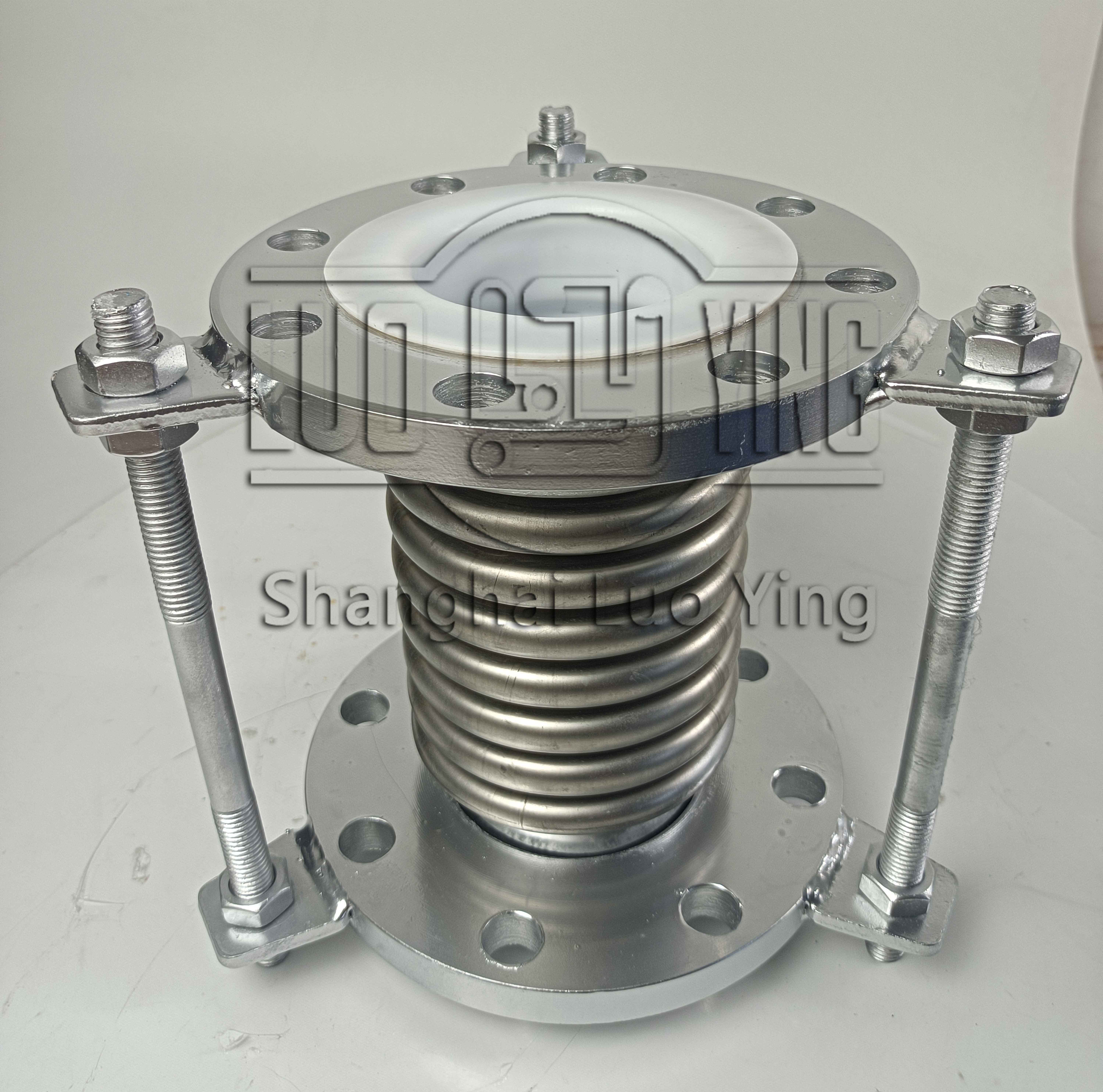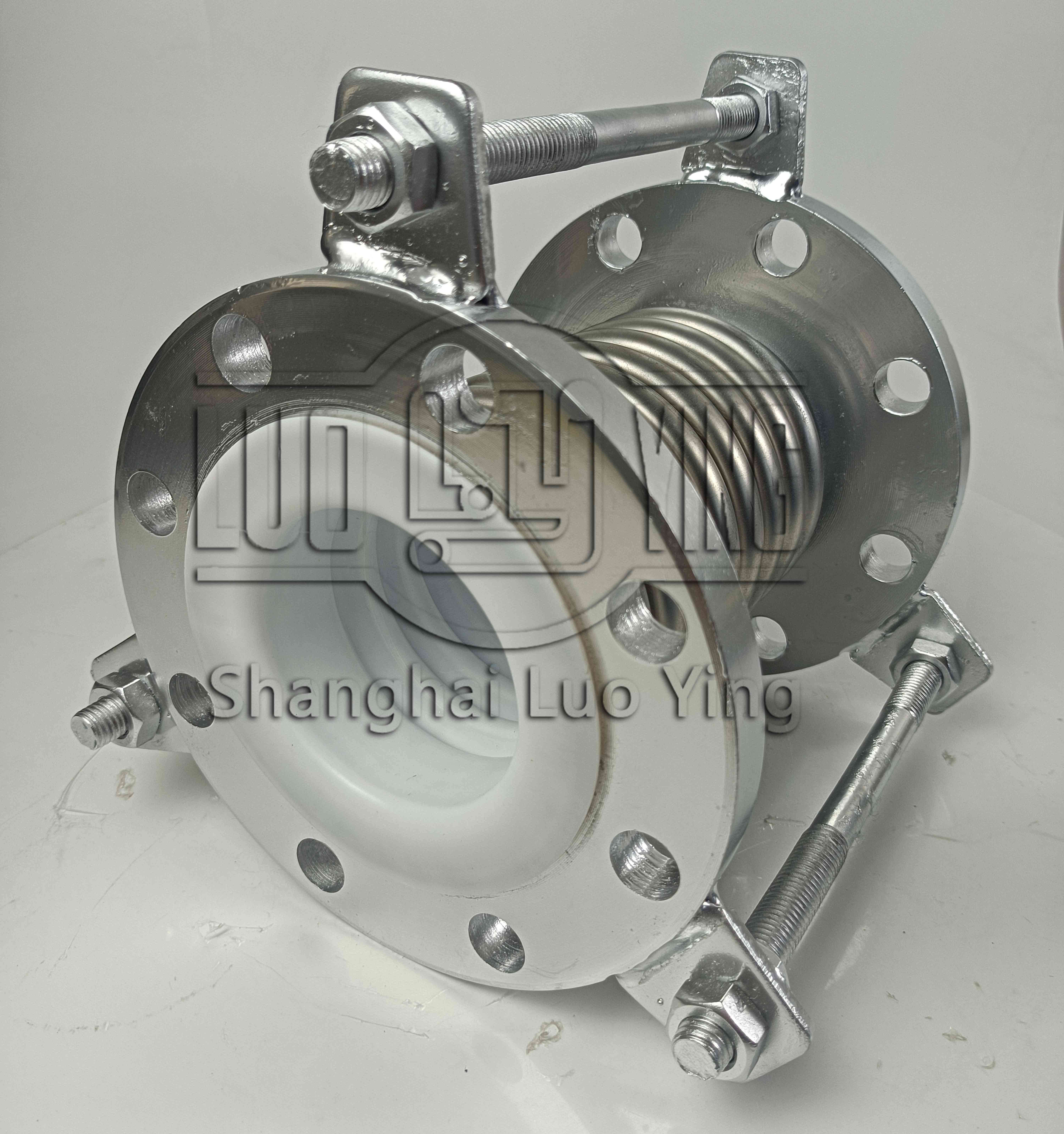Working Principle and Classification of PTFE Lined Corrugated Compensators.
Jul-23-29
Working Principle and Classification of PTFE Lined Corrugated Compensators. PTFE lined corrugated compensators, also known as PTFE expansion joints, are essential components used in piping systems to absorb movements, vibrations, and thermal expansion. These compensators provide flexibility and compensate for misalignment, reducing stress on the pipeline and ensuring its integrity. In this essay, we will discuss the working principle and classification of PTFE lined corrugated compensators.
Working Principle: The PTFE lined corrugated compensators work based on the principle of flexibility and elasticity. They consist of a PTFE (Polytetrafluoroethylene) lining that is resistant to chemicals, high temperatures, and corrosive environments. The lining is bonded to a corrugated metal shell that provides flexibility and absorbs movements in the piping system.

Classification: PTFE lined corrugated compensators can be classified based on their construction and the number of bellows they possess. The two main classifications are single-layer and multi-layer compensators.
Single-layer compensators: Single-layer compensators consist of one corrugated metal bellows with a PTFE lining. They are suitable for applications where low movements and thermal expansion are expected. Single-layer compensators are often used in smaller pipe diameters and lower-pressure systems. They provide excellent chemical resistance and are cost-effective.
Multi-layer compensators: Multi-layer compensators consist of multiple corrugated metal bellows with PTFE lining. These compensators are suitable for high-pressure and high-temperature applications where large thermal movements and vibrations occur. Multi-layer compensators provide increased flexibility and absorb larger movements compared to single-layer compensators.
Multi-layer compensators can be further classified based on their configuration:
a. Axial compensators: Axial compensators primarily absorb axial movement along the pipeline. They are designed with a series of bellows that can compress or extend as the pipeline expands or contracts. Axial compensators are commonly used in straight pipe runs.
b. Lateral compensators: Lateral compensators are designed to absorb lateral movements perpendicular to the pipeline axis. They feature multiple layers of bellows that can flex and accommodate lateral shifts.
c. Angular compensators: Angular compensators are designed to compensate for angular movements in the pipeline. They feature specially designed bellows that can absorb angular misalignments and prevent stress on the connecting pipes.


